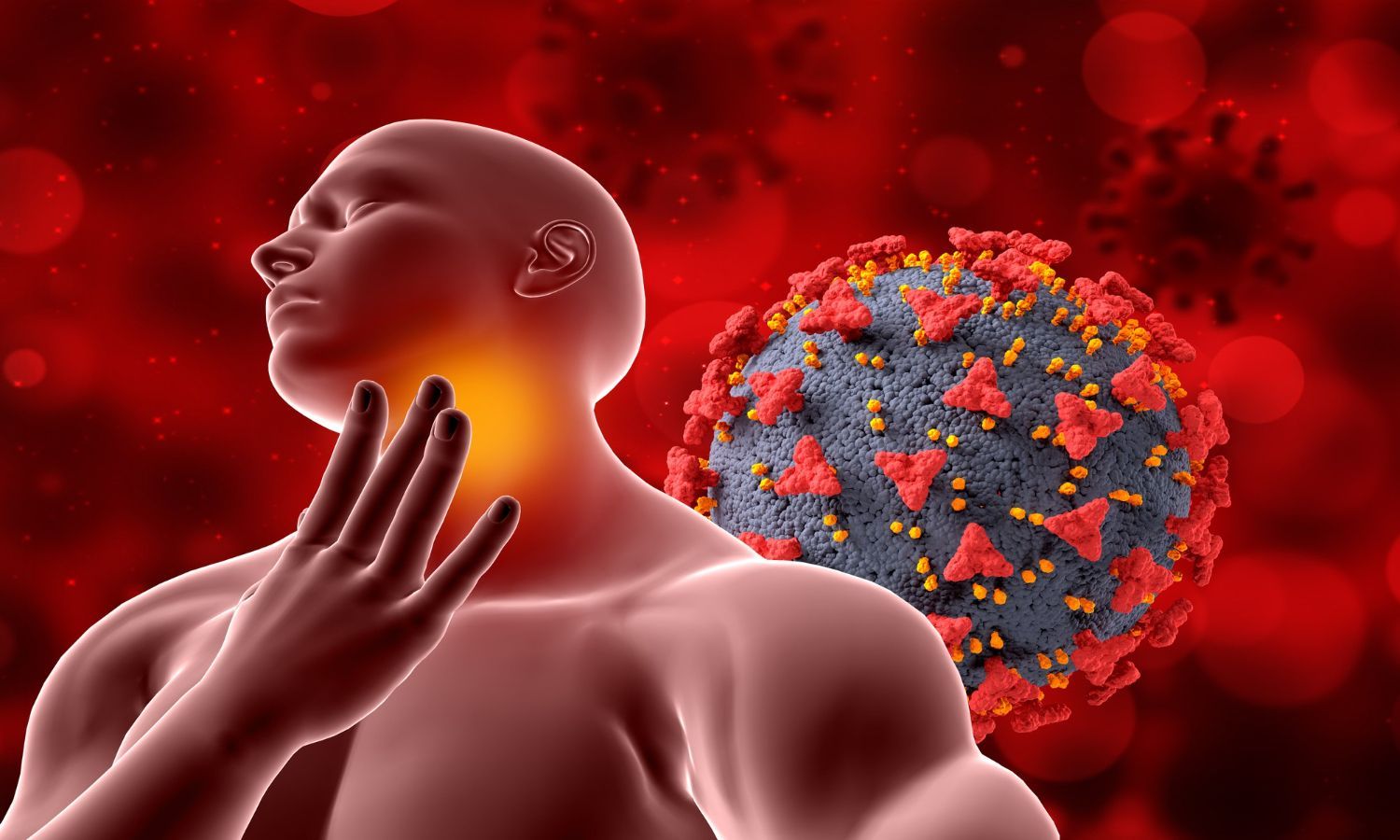Eating my way to healthy fat cells!
How can I change my diet to rid my body of unhealthy fat cells in Scottsdale, AZ?

Adipose tissue, commonly known as fat tissue, is a crucial component of the body's physiology. This loose connective tissue is primarily composed of specialized fat cells called adipocytes. While it is distributed throughout the body, adipose tissue is most abundant beneath the skin, between muscles, and around internal organs, particularly within the abdominal cavity. Its primary role is to store energy in the form of fat, which the body utilizes when other sources of energy, like carbohydrates, are depleted. Beyond energy storage, adipose tissue also serves as an endocrine organ, producing hormones that regulate adipocyte activity and impact various essential bodily processes. Additionally, adipose tissue provides vital cushioning and insulation, protecting internal organs and helping to regulate heat within the body. Understanding the different types of adipose tissue, including white, brown, and beige, is essential in comprehending their diverse roles in metabolism and overall health.
Adipose tissue comes in three distinct types: white, brown, and beige adipose, each with its own unique functions. White adipose tissue primarily acts as an energy storehouse while also providing insulation for the body. In contrast, brown and beige adipose tissues serve as metabolic powerhouses, actively burning energy and generating heat. Their characteristic coloration arises from the abundant presence of blood vessels and mitochondria within the tissue. Furthermore, adipose tissue functions as an endocrine organ, releasing hormones like adiponectin, which play a pivotal role in fat metabolism and can contribute to weight reduction. Understanding these different types of adipose tissue sheds light on their significant impact on metabolic processes and body weight regulation.
What dietary changes can I make to reduce
the number of unhealthy fat cells in my body?
If you're looking to reduce the number of unhealthy fat cells in your body and improve your overall health, making dietary changes is a critical step. Here are some dietary modifications you can consider to achieve this goal:
Choose Whole Foods: Opt for whole, unprocessed foods such as fruits, vegetables, lean proteins, and whole grains. These foods are nutrient-dense and can help control calorie intake while providing essential vitamins and minerals.
Reduce Sugar Intake: Minimize your consumption of added sugars found in sugary beverages, candies, and processed foods. High sugar intake can contribute to insulin resistance and promote fat storage.
Limit Saturated and Trans Fats: Cut back on foods high in saturated and trans fats, like fried foods, processed snacks, and fatty cuts of meat. These fats can contribute to unhealthy fat cell growth and increase the risk of cardiovascular disease.
Increase Healthy Fats: Incorporate sources of healthy fats into your diet, such as avocados, nuts, seeds, and fatty fish like salmon. These fats support overall health and can help reduce inflammation.
Control Portion Sizes: Be mindful of portion sizes to avoid overeating. Eating in moderation can help manage calorie intake and prevent excess fat storage.
Fiber-Rich Foods: Include fiber-rich foods like whole grains, legumes, and vegetables in your diet. Fiber promotes feelings of fullness and can aid in weight management.
Balanced Macronutrients: Strive for a balanced intake of carbohydrates, proteins, and fats. A balanced diet can help regulate blood sugar levels and reduce the risk of insulin resistance.
Hydration: Stay hydrated with water and herbal teas. Sometimes, thirst can be mistaken for hunger, leading to unnecessary calorie consumption.
Meal Timing: Consider intermittent fasting or time-restricted eating, where you limit the hours during which you eat. This can help regulate insulin levels and promote fat burning.
Mindful Eating: Pay attention to your body's hunger and fullness cues. Eating mindfully can prevent overeating and encourage healthier food choices.
Limit Processed Foods: Minimize your intake of highly processed foods, which often contain unhealthy fats, excessive sodium, and hidden sugars.
Healthy Cooking Methods: Use healthier cooking methods like grilling, baking, steaming, or sautéing with minimal oil, instead of deep frying.
Consult a Nutritionist: Consider consulting someone like Dr JJ Quinn, for nutritional coaching at Catalyst Wellness who can create a personalized dietary plan tailored to your specific needs and goals.
Remember that achieving and maintaining a healthy weight and reducing unhealthy fat cells is a gradual process. It's essential to combine these dietary changes with regular physical activity and a sustainable lifestyle to achieve lasting results. Always consult with a healthcare professional or nutritionist before making significant changes to your diet, especially if you have underlying health conditions.









